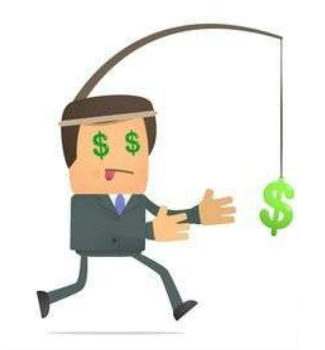 A friend of mine, who’s running a tradie business, had a bit of a cry on my shoulder recently. He was saying how he was struggling after the holidays to pay his provider accounts and have enough to pay his sub-contractors, and himself.
A friend of mine, who’s running a tradie business, had a bit of a cry on my shoulder recently. He was saying how he was struggling after the holidays to pay his provider accounts and have enough to pay his sub-contractors, and himself.
He was thinking of asking his accountant for a cash flow report to get an overview. So I put my accountant hat on and asked him a few questions like… “Have you raised invoices for all your jobs?”
His answer was “Yes, I’ve done that, but it’s not looking good, there’s so many outstanding invoices.”
I replied “A cash flow report will not help you, if you haven’t addressed the underlying problem, which is getting control of your accounts receivables.”
The reality is that this happens every year after the Christmas holiday period, business often slows down and people might have overspent on their budgets and credit cards. When these folks take longer to pay your invoice, it means that you’re not generating cash flow to meet your obligations.
Let’s face it, who hasn’t gone past the due date of an invoice on occasion, these things happen. There could be any number of reasons that an invoice doesn’t get paid, not just that the customer is short of cash temporarily.
The key to getting outstanding invoices paid is active debtor control, ie
having a system in place that follows up outstanding invoices regularly.
Once you’ve implemented a debt control system, you’ll never experience cash flow problems again… and if you do, there could be a different underlying reason, which can be found by examining your 5 critical business numbers.
Sometimes debt issues and outstanding payments can occur due to poor communication between you and your customer or client. That’s why, before the sale, you need to be explicitly clear about the prices associated with your products and/or services.
If you’re providing someone with a quotation document (so, in effect, more of an estimate of how much something will cost), it’s important to include a Terms of Trade. This will outline where the costs associated with your quote come from, as well as a note that prices could increase dependent on the job itself.
These are just a couple of examples to show how you can avoid delays in getting your invoices paid. However, the old adage that ‘the squeaky wheel gets the oil’ also applies when it comes to outstanding invoices. What that means is that you need to regularly review your debtors and make sure you follow up, as soon as an invoice has gone overdue.
The best way to do that is to set up a system, either by yourself or your bookkeeper, that schedules regular debtor review and sends reminders to customers who have not paid. In the old days, bookkeepers or business people who were actively managing their debtors would have bought a custom made stamp that read something like “All Accounts are 7 Days”, and then do the follow up as soon as that period was over.
Of course, these days, you can use modern technology or software to include these statements on your invoice. No matter what your terms of payment are, when invoices are overdue, you’ll need to send the customer a reminder soon after the due date. When the situation drags on, then you’ll need to become more and more firm.
If you’re unsure how to communicate that in a firm, but still friendly way, we can help you out. We’ve got a complete debt management system that includes sample letters, call and fax scripts. If you want to take control of your debt collection, request your FREE copy of eBook “Company Finances and Debt Collection”.
Company Finances & Debt Collection
The Key to getting outstanding invoices paid is active debtor control
If you need further help, you can simply contact us to request our sample letters and scripts, which you can easily adapt to your business situation and terms of trade. If you already have a debt collection system in place and are still experiencing cash flow problems, then you really need to talk to us, as we can help you analyse your 5 critical business numbers, including net margin, mark up and break even figures.
These numbers tell the real story of your business and once you understand them, you can make much better, and more importantly, well informed business decisions.
Please Note: Many of the comments in this article are general in nature and anyone intending to apply the information to practical circumstances should seek professional advice to independently verify their interpretation and the information’s applicability to their particular circumstances. Copyright © 2017 Robert Bauman.
